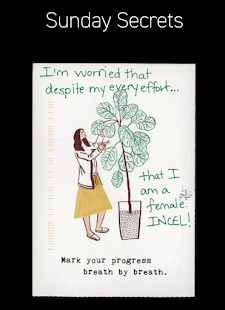What is Electronic Literature?
Defining electronic literature is much more complicated than it may seem. Electronic literature can be most simply defined as new forms of writing and genres that explore the capacities of the internet. It is literature that would not be possible without the contemporary technology. Publication of electronic literature has a similar effect as a publication in print, however, electronic literature has the ability to change before the readers eyes which is not something you get in a typical publication of literature. Many electronic literature projects have underlying code or that affect the form and nature of the artwork itself. When it comes to categorizing these pieces into genres, that is when the concept becomes more broad. Because this type of field is known to be quickly evolving, it is difficult to categorize a single piece into just one specific genre. Most pieces of e-lit can be considered to fit into multiple different genres. Electronic literature tests the boundaries and challenges readers to rethink previous assumptions of what literature can actually be. It helps us to understand how digital technologies impact writing and it helps us expand our concept of what the act of reading actually entails. Electronic literature stimulates excitement as a field where literature is constantly evolving and where the reader is able to explore new and innovative ways to enjoy and create literature.
"Patchwork Girl" by Shelley Jackson is a hyper fiction story told through illustrations of parts of the female body that are stitched together through both texts and images. It is a retelling of the novel Frankenstein where Jackson explores the idea of what would have happened if the bride of Frankenstein was brough back to life, and her struggle as a survivor trying to put her pieces back together. The concept of the piece is to demonstrate through images how the structure of the Patchwork Girl must be "patched" together in order to create one unified being. Each part of her patchwork leads down a trail that takes the story in multiple different directions through different linking words and images. Because this piece was published in 1995 when the technology was not as evolved, the hypertext uses simple connections between sections of the story that are visually represented to the reader in a mind map style. Each block contains significant amounts of text shaped into the image of each part of the body. The reader is able to keep diving into new text as they peel away each layer of the body. The story as a whole encompasses many different levels that the reader is able to explore. With this specific type of electronic literature, readers have the ability to take multiple different paths through the same story, giving them the opportunity to read the literature multiple different times while getting a completely different and evolved story every time they pick a different path.
https://youtu.be/KXFEqyXrbqU


Comments
Post a Comment